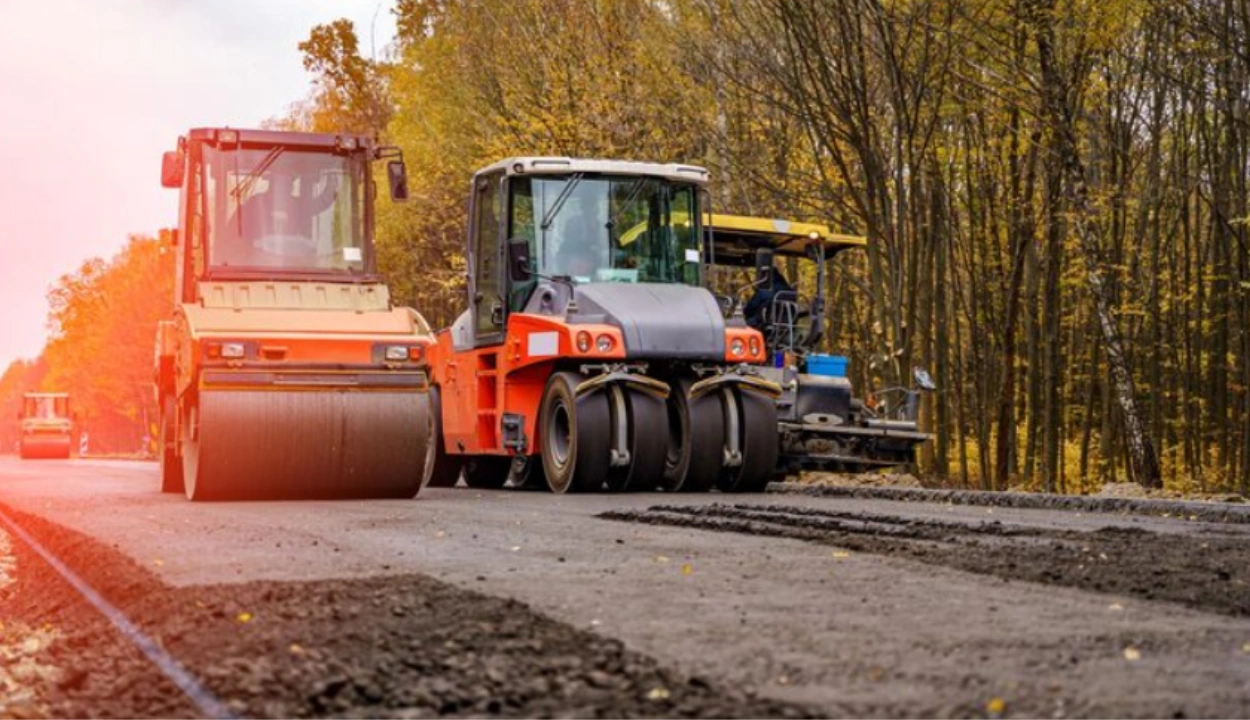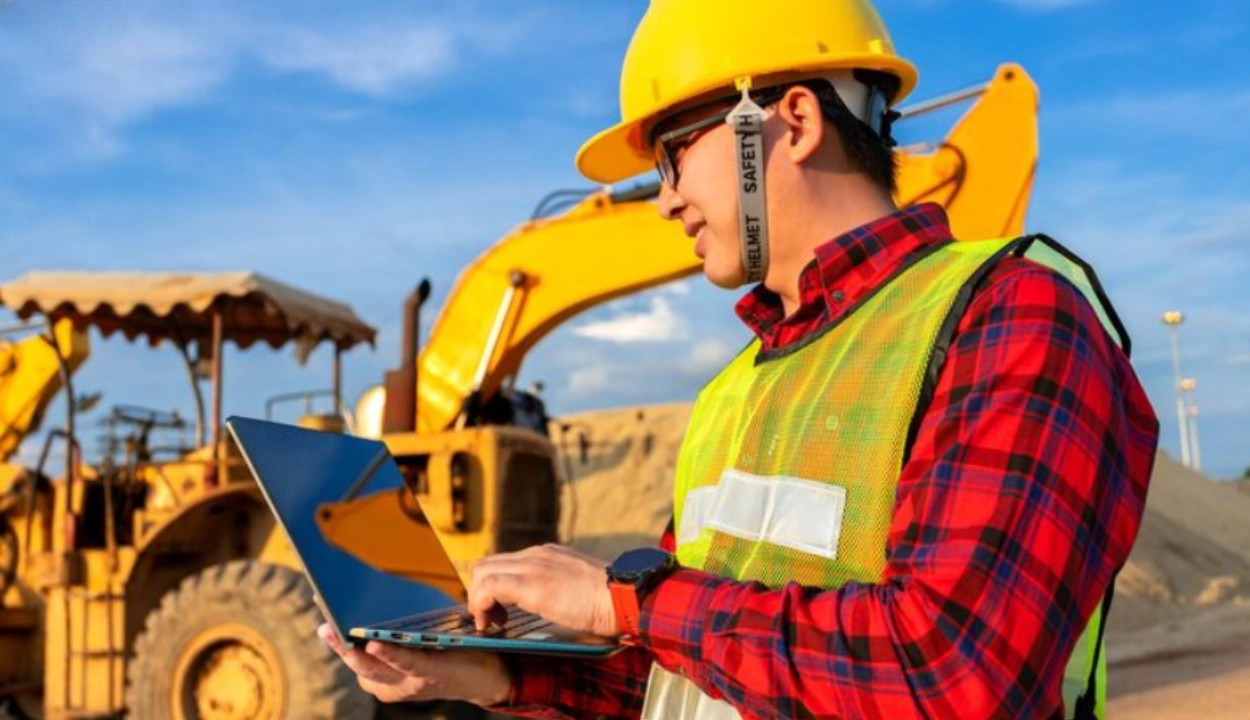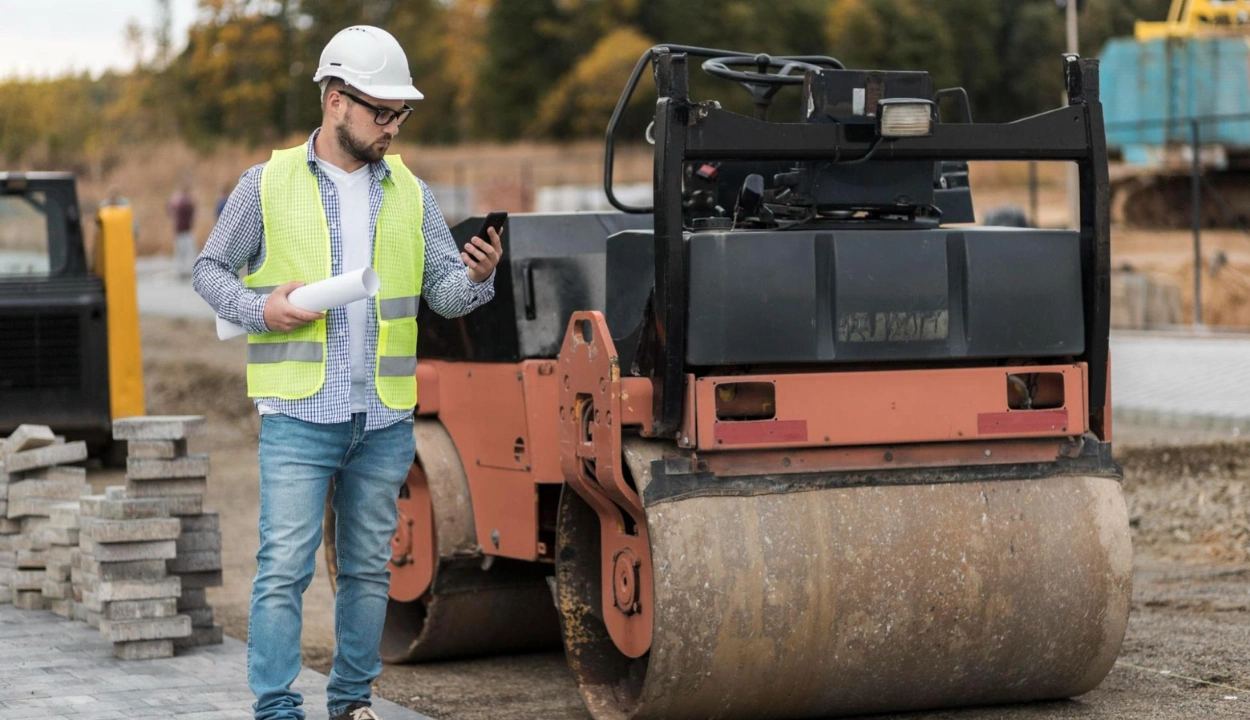What is Construction Equipment Depreciation & How To Calculate It?
One of the biggest challenges that construction projects face is the maintenance of equipment required for the job.
Like all assets, construction equipment loses value over time due to operations, wear and tear, the introduction of newer models, and other factors.
Construction equipment losing its value over time is called equipment depreciation in construction.
Project managers and contractors must understand how depreciation works and calculate it effectively.
In this blog, we will answer what depreciation means, how it is calculated, best practices for managing depreciation, and how asset management software can help streamline processes and reduce depreciation costs.
What is Construction Equipment Depreciation?
Construction equipment depreciation refers to the gradual decrease in the value of construction machinery and tools over time.
It is one of the more important financial aspects of construction as it allows contractors to allocate some equipment costs as a tax-deductible expense.
It is also important as it helps companies keep track of their asset's actual worth over time.
So, what does depreciation mean? In practical terms, depreciation reflects the reduction in the economic value of the equipment over its lifespan.
For example, A bulldozer that costs $100,000 when new may be worth only $70,000 after a few years. This results from:
- Heavy usage
- Technological Upgrades
- Wear and tear.
This declining value helps businesses track the cost of owning and operating equipment.
Moving on to the next question that many may have, what does depreciable mean? In accounting, a depreciable asset refers to equipment subjected to wear and tear while operating.
Construction equipment fits the depreciable category due to its heavy machinery usage.
The depreciation expense for such assets accounts for the inevitable decline in their value.
How is Equipment Depreciation Calculated?
Calculating depreciation may seem complex, especially with the different methods available.
Before giving up, why not take a deep look at these methods and how to calculate depreciation on equipment using them?
We promise to make things easier to understand.
Straight Line

One of the simplest and most extensively employed methods for estimating depreciation is the Straight-Line Method.
This approach shares equipment costs equally over its useful lifespan, providing a consistent annual expense.
How to Calculate:
A simple formula for annual straight-line depreciation is
Annual depreciation = Dn = (P - F) / N = 50,000 - 10,000 / 5 = LE8,000 per year
Some other ways to calculate this type of depreciation include:
- Subtracting the anticipated amount of the equipment at the end of its useful life from the original cost.
- Dividing this result through the asset’s years of useful life.
Pros and Cons of the Straight Line Method
Sum-of-the-Years Method

The Sum-of-the-Years-Digits Method is an accelerated depreciation technique that will calculate a more significant expense in the early years of the life of the equipment, reflecting the greater use observed during that time.
How to Calculate:
Due to its simple calculations, the sum-of-the-years method is most commonly used to calculate construction machine operations. In this approach, new and old machines have the same annual depreciation.
Even though the depreciation is done annually, the depreciation amount varies yearly.
When calculating the sum-of-the-year, you can use the following formula:
R=N-m=1/SOY
Where
R= is the calculation of depreciation
N= Number of years
m= Particular year
SOY= Sum of Years
You can calculate SOY using the following formula
SOY = N+(N-1)+(N-2)+(N-3)+...+1
This method is closer to the realistic changes in the value of the equipment. Since the rate of depreciation changes annually, it is easier to determine which machines are old and which are newer.
Some other ways to calculate this type of depreciation are as follows
- Total the individual digits that relate to the useful life of the equipment (for example, 5 years = 5+4+3+2+1 = 15).
- Assign a segment of the remaining useful life to the depreciation base annually (for instance, 5/15, 4/15, and similar).
Pros and Cons of the Sum-of-the-Years Method
Declining-Balance Method

The Declining-Balance Method is a technique for accelerated depreciation in which a fixed percentage, instead of a set amount, is deducted from the asset’s book value annually.
An example is the Double-Declining Balance (DDB) Method, which increases the decline seen in straight-line depreciation by a factor of two.
How to Calculate:
The declining balance method is used by companies looking to calculate depreciation for accounting purposes.
In this method changes in the rate of depreciation of a machine are calculated on its whole usage period, right up to the end of its life.
According to this method, the annual depreciation rate depends upon the remaining value of the machine in the accounting books.
You can calculate the declining balance value by following this formula:
Declining Balance Depreciation=CBV×DR
Where:
CBV=current book value
DR=depreciation rate (%)
Pros and Cons of the Declining-Balance Method
Best practices when calculating depreciation
Accurately calculating construction equipment depreciation is vital for keeping a sound financial base for the company.
Here are some best practices that contractors and equipment managers can use:
1. Invest enough time in research to choose the appropriate depreciation method.
Several types of businesses may use different approaches depending on their financial aspirations.
People may prefer to apply accelerated methods like SYD or DDB to retrieve more considerable expense recoveries sooner, compared to those who like the more straightforward, straight-line approach.
Equipment utilization and proper financial planning, instead of a set amount, are deducted from the asset’s book value today.
2. Aim to Obtain an Efficient Evaluation of Serviceable Time
A critical element in determining depreciation is finding the correct life duration of construction equipment.
When you overestimate, you jeopardize your ability to judge expenses accurately, and underestimating can rapidly decrease your taxable income.
You should look into industry standards and work with equipment manufacturers for a practical estimate.
3. Keep yourself updated on the condition of your assets.
In equipment depreciation, construction equipment is affected by the progression of time and the level of care it receives.
You can easily manage equipment depreciation and significantly reduce depreciation expenses through regular inspections, repairs, and upgrades.
Creating a record of the condition of equipment offers a solution to incorrect depreciation schedules.
Tracking Depreciation With Asset And Equipment Management Software
Increasing your equipment fleet without automation can make managing depreciation time-intensive and prone to mistakes.
Construction equipment management software aims to provide a single pane of glass solution for real-time monitoring of equipment and machinery.
These tools enable businesses to:
- Use different methods to calculate depreciation automatically.
- Be sure to review the conditions of your assets to update the estimates of useful life if required appropriately.
- Build the necessary reports for taxation filing and financial analysis.
Using software can facilitate construction managers' achieving organization, reducing errors, and helping them select the best moment to perform preventive maintenance, upgrade, or retire assets.
Let’s Come to Gist
Clue managing construction equipment requires depreciation as a vital component.
Recognizing the importance of depreciation and picking an appropriate method allows contractors and project managers to efficiently manage their finances and make informed decisions regarding equipment usage, maintenance, and repairs.
When you deploy depreciation methods like Straight-Line, Sum-of-the-Years, or declining balance, use asset management software solutions to monitor your assets.
FAQs
How do you depreciate construction equipment?
To correctly depreciate construction equipment, follow these steps:
- Determine the Purchase Price
- Estimate the Salvage Value
- Determine the Useful Life
- Select a Depreciation Method: Based on the type of equipment and how it’s used, you can select one of the following methods:
- Straight-Line Method: Best for assets that depreciate consistently over time.
- Sum-of-the-Years-Digits (SYD) Method: Ideal for equipment that sees higher usage and wear in the early years.
- Declining-Balance Method: Accelerated depreciation that reflects heavy initial usage and helps maximize tax deductions early.
How do you manage asset depreciation?
Asset depreciation is managed by regularly calculating the depreciation expense, tracking the condition of assets, and using asset management software to ensure all data is up to date.
What is the best depreciation method for equipment?
The best depreciation method for equipment depends upon the financial goals of a construction company. Here is a brief look at the different deprecation methods and what they are best for.
- Straight-Line Method
Best For: Simplicity and consistency. It works successfully for equipment that wears out consistently over time.
Why Use It: This process of equal distribution of the cost of the equipment over its lifetime creates straightforward predictions and planning.
- Sum-of-the-Years-Digits (SYD) Method
Best For: Equipment used a lot at the beginning, including machinery that could likely need maintenance or substitution shortly.
Why Use It: With SYD, you can claim a higher portion of the equipment's cost upfront, which is helpful considering the equipment's significant early usage.
- Declining-Balance Method
Best For: Maximizing tax savings early. It is an excellent fit for equipment that decreases in value quickly or sees robust usage right after it's new.
Why Use It: This method initially results in faster asset depreciation, which allows for bigger tax deductions. Ideal for equipment subject to quick wear, such as cranes or loaders.
What is the general rule of depreciation?
The general rule is to spread the cost of an asset over its useful life, allowing for a reduction in taxable income. Equipment that wears out quickly may benefit from accelerated depreciation methods, while longer-lasting assets can use the Straight-Line Method.
Transform Your Equipment Management













